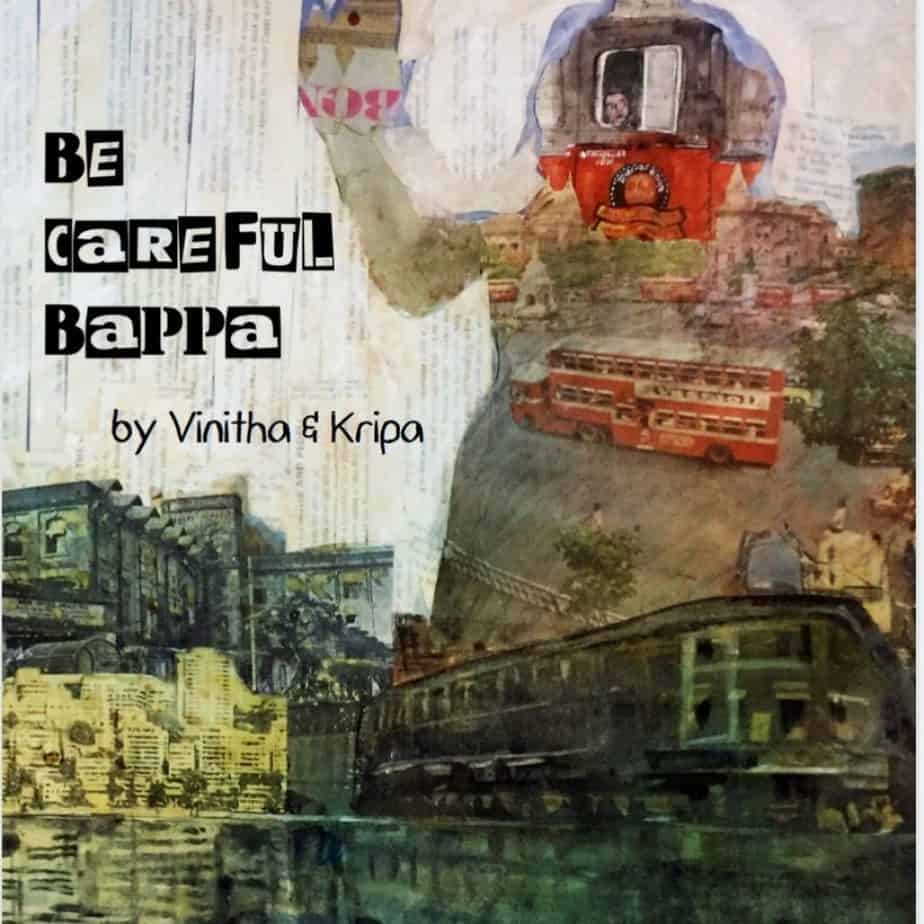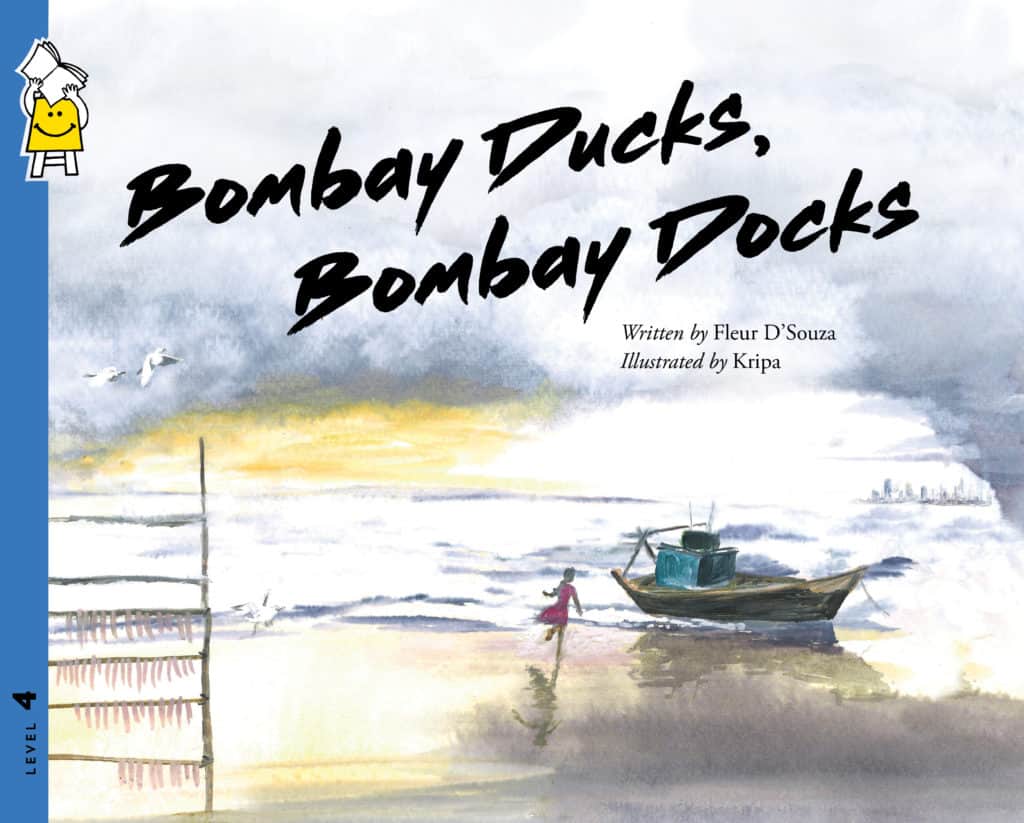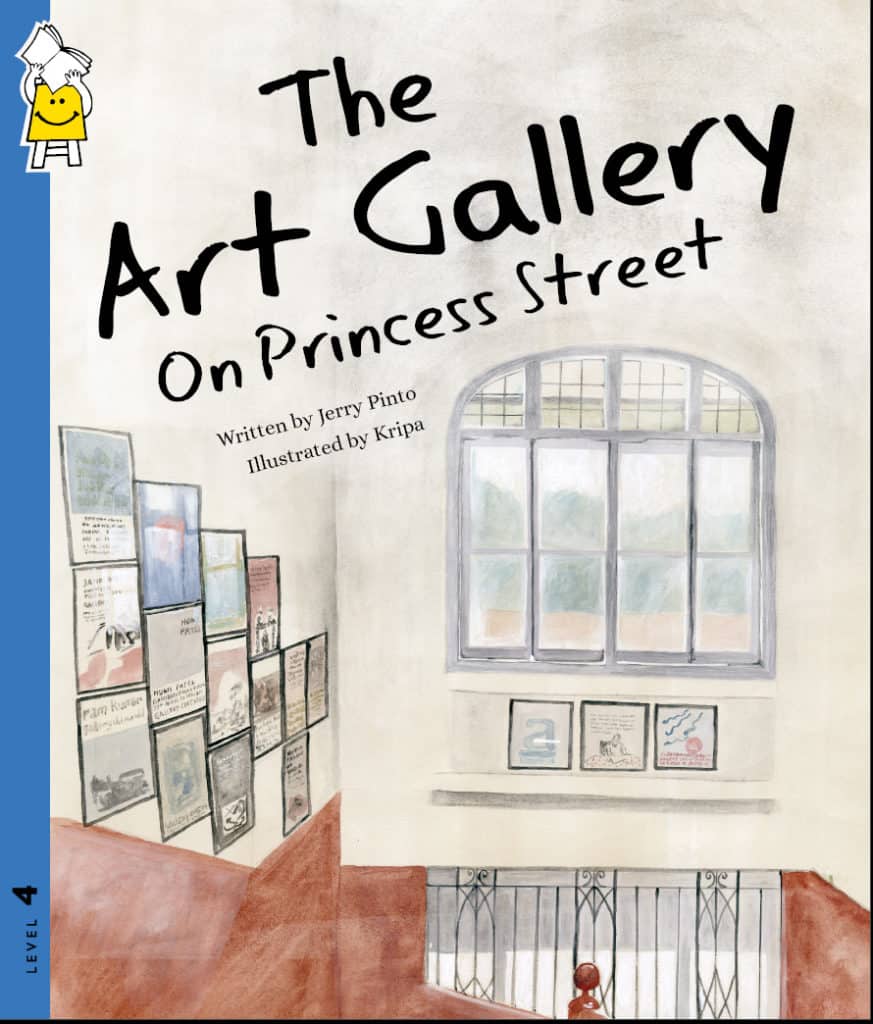If you are a parent hunting for ideas to keep your child engaged during the lockdown, consider introducing them to the city’s local histories through children’s books.
Several authors and illustrators have dipped into Mumbai’s past to weave delightful tales that take children into various nooks and neighbourhoods.
Be Careful Bappa (2019), written by Vinitha and Kripa, is a book set in Lower Parel’s Peru Chawl. Through a day in the life of a boy named Raju, readers get to know about the history of the Sarvajanik Ganeshotsav festival that occupies a significant place in the city’s social calendar thanks to Indian freedom fighter Bal Gangadhar Tilak’s efforts.
This book also touches upon the history of chawls – cheap housing units built by factory owners in the 1900s for migrant workers employed in textile mills set up by British merchants.
The textile industry made Bombay a major commercial centre in western India.
Read more: Mumbai College Offers Course To Understand Hip Hop
Mumbai’s micro geographies
Be Careful Bappa has been published under the City Mosaics series curated by architect Nisha Nair, who founded the People Place Project. It is described as “a research initiative that explores text as a tool of placemaking and fosters a spirit of city consciousness.” She wanted to draw attention to “micro geographies” and create awareness about “oral history, sociology, architecture, built heritage and the natural environment.”
Their plan is to release nine books, all emerging out of a collaborative process between the author, illustrator and publisher. They will cover various aspects of the city’s history including its rivers, caves and public transport.
Another book in the series is Lost and Found (2019). It tells the story of koliwadas or fishing villages, and the city’s original inhabitants – the kolis. “Today, there are only 36 koliwadas left,” writes Fleur D’souza in her book Bombay Ducks, Bombay Docks (2019). Illustrated by Kripa, and published by Pratham Books, it revolves around Vandana and Aaji (her grandmother) who belong to the koli community. Her father and grandfather catch fish. Their family owns two boats.

In this book, Aaji tells her listeners that “though people think Bombay was made up of seven islands, a long time ago, there were 25 islands.” Her storytelling is not merely a nostalgic account. It comments on the history of urbanization. According to Aaji, fishing villages have reduced in number because the city was “hungry for roads, bridges and development.”
The book’s title refers to bombils, the local fish also known as ‘Bombay Ducks’. Apparently, they got their name from mail trains or ‘daaks’ that carried the dried fish far inland. The British changed the pronunciation from ‘daak’ to ‘duck’. This book initiates readers into the history of Bombay’s docks, maritime trade and shipbuilding industry.
History told through tales
Timira Gupta, Executive Director of Akshara High School in Mumbai, has introduced it as a resource book for students in Standard 3. They begin the year by exploring their personal history, followed by the history of the school and their locality, and conclude with the history of the city towards the end of the year. That is when this book is brought in to learn about the Koli community, the importance of the sea, the islands, and the docks.
Gupta believes that children must “indulge in local histories” before they set out to study world history. She says, “Exposure to local history sets you on a journey of understanding cultural and societal change that has happened over decades and centuries in the exact place that you are now living in. This in itself is higher order thinking as it gives you a lens to view the present with an understanding of the impact of its past.”

Pratham Books has also published The Art Gallery on Princess Street (2019) a book written by Jerry Pinto and illustrated by Kripa. It narrates the history of Gallery Chemould, an iconic art institution in Bombay started by Kekoo and Khorshed Gandhy. Besides sharing anecdotes about the rise of modern art in India, the book also draws links with the Jallianwala Bagh Massacre, the Nazi persecution of Jews, and Italian prisoners of war living in Bandra.
Books and heritage walks
This book can be read free of cost on StoryWeaver, a digital repository of multilingual stories for children from Pratham Books. Gupta’s school uses it as a resource with students of Standard 5 and Standard 8 before an annual heritage walk with them. She believes in making students aware that “information must come in from various sources, not just a textbook.”
Arthy Muthanna Singh and Mamta Nainy’s book Off We Go! To Mumbai, To Mumbai (2019) illustrated by Zainab Tambawalla and published by Talking Cub, is structured like a ‘Mumbai darshan’. Through the eyes of a boy named Raju who lives in Dharavi, this book takes readers on a tour of various historical hotspots in the city including Elephanta island, Kanheri Caves, Queen’s Necklace, Afghan Church, Knesset Eliyahoo Synagogue, and Regal Cinema.

Raju is in Standard 4. His school teacher, Miss Pinto, assigns the whole class a term-long project that involves visiting a list of places in Mumbai with their parents or older siblings. During the course of his explorations, Raju also learns about the city’s cultural history by watching tamasha, “a traditional form of Marathi theatre, with singing and dancing.”
Ishaan Menezes (10) and his brother Zubin Menezes (7), who study at KC High International School in Chennai, love this book. They have visited Mumbai but never lived there. Their favourite character in the book is Raju “because he is funny and makes jokes as he talks about the city.” They also found it interesting to note how the city was called by different names – Bom Bahia, Mumbai, Bombay – in different periods, and the reasons behind that.
They enjoyed “the fun facts” scattered throughout the book, and suggest that “it would be a good book to have in history classes because it talks a lot about the history and culture of Mumbai and much more.” While a book may be no substitute for a heritage walk, it can certainly fire the imagination of readers through words and pictures.
Also read: